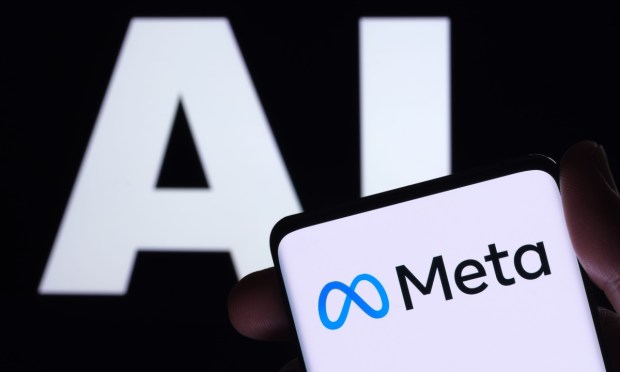Meta Teams With Microsoft to Offer Commercial AI Access

Days after reports of its planned commercial AI product, Meta has made it official.
The tech giant announced Tuesday (July 21) that it was releasing a commercial version of its open-source artificial intelligence (AI) model Llama 2 in partnership with Microsoft.
“We believe an open approach is the right one for the development of today’s AI models, especially those in the generative space where the technology is rapidly advancing,” Meta said on its blog. “By making AI models available openly, they can benefit everyone.”
Meta also argues this method is safer, as offering access to today’s AI models lets developers and researchers stress test them, and collectively spot and solve problems quickly.
“By seeing how these tools are used by others, our own teams can learn from them, improve those tools, and fix vulnerabilities,” the blog post said.
Beginning Tuesday, Meta’s Llama 2 is available via Microsoft’s Azure AI model catalog, and optimized to run locally on Windows. It is available through Amazon Web Services (AWS), Hugging Face, and other providers, the company said.
Earlier this year, Meta opened LLAMA (Large Language Model Meta AI) to researchers working in the AI field. As PYMNTS wrote at the time, LLAMA requires less computing power and is designed for researchers who have limited access to infrastructure.
Reports emerged last week that Meta was preparing a commercial AI product, a move that lets it catch up to Google and OpenAI, whose GPT-4 model is a “black box” (which means the data and code used to build it are not accessible to people outside the company).
The news comes as other AI companies move ahead with their own offerings, like last week’s debut of the new version of the “Claude” chatbot from Anthropic.
Also last week, Elon Musk introduced the world to an AI company dubbed xAI — the sixth company he oversees — to “understand reality,” as he put it on Twitter.
Last week, PYMNTS looked at the different offerings from these companies, comparing it to the wave of internet browsers released in the late 1990s and early 2000s.
“At the end of the day, what makes the AI platforms different from one another is the way they are used by the audience they are designed for,” PYMNTS wrote. “And because AI learns from each interaction, those differences will only compound over time.”

